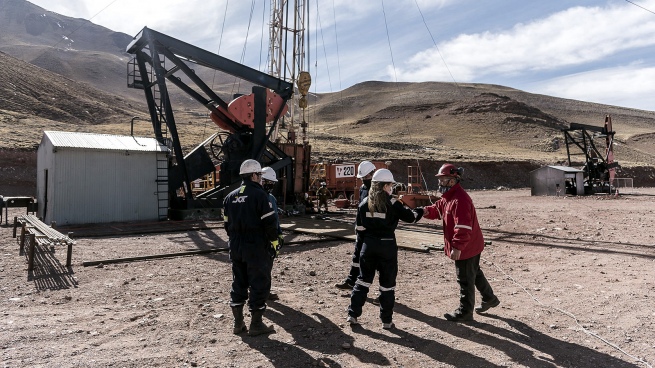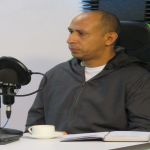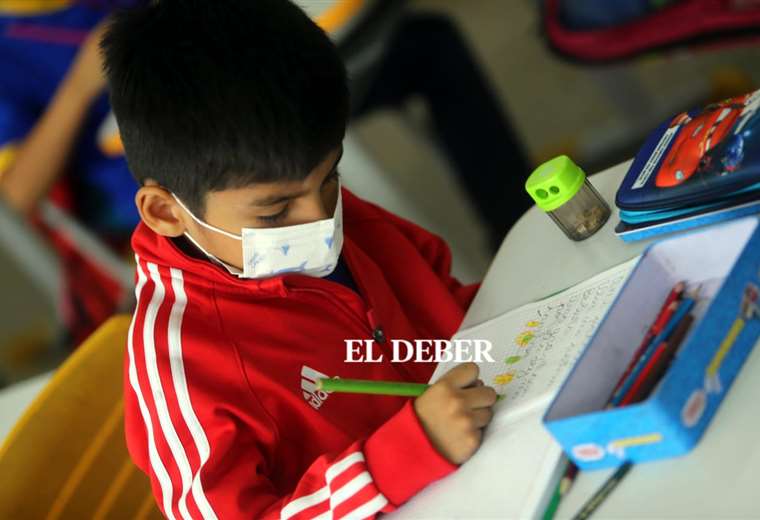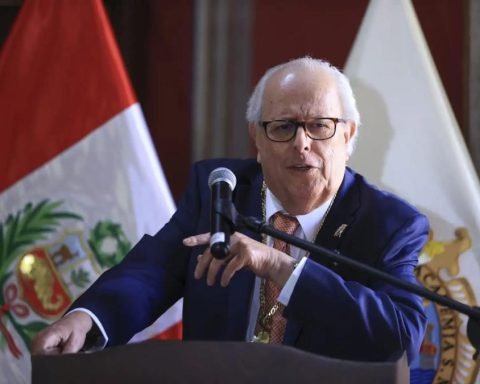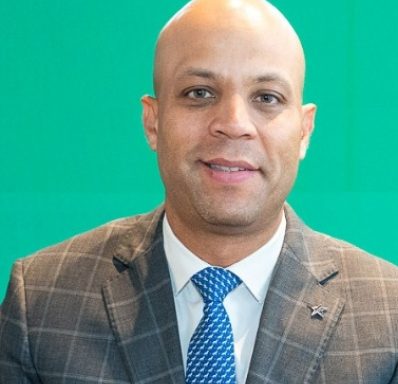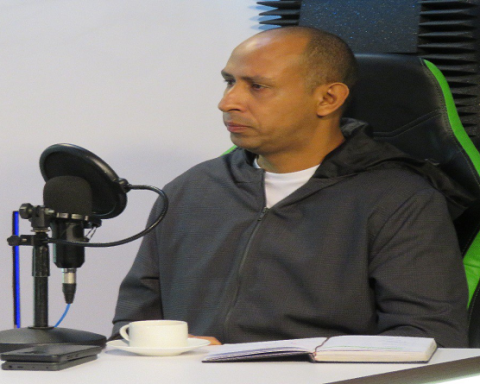Women represent about 18% of all jobs that currently exists in the hydrocarbon sector in Argentina, according to a report prepared by the Diversity and Inclusion Commission of the Argentine Oil and Gas Institute (IAPG).
The percentage is below the existing average in Europe, where the number of positions in the sector in which women work is 33% of the total and above 8% in the Asia Pacific region.
The referent of the Diversity and Inclusion Commission of the Argentine Oil and Gas Institute (IAPG), Gabriela González, in dialogue with Télam, said that in the entity they work to increase the number of women who work in the hydrocarbon sector.
González has a degree in Geological Sciences from the University of Buenos Aires (UBA) and is a reference in unconventional reservoirs, with more than 20 years of experience in the field.
In addition, he evaluated and led multidisciplinary groups in several of the first exploratory and pilot projects for Shale Oil & Gas and unconventional Plays.
According to the latest data released by the IAPG, the participation of women in the sector is equivalent to 18% of the total, while men account for the remaining 82%.
“The presence of women has remained practically unchanged in the last decade,” according to the results of the IAPG report.
Globally, the regions with the highest level of presence of women in jobs in the hydrocarbon sector are Europe (33% of the total), North America (23%), Latin America (21%), the Middle East (15% ) and Asia Pacific (8%).
Here are some of the main sections of the report with Télam:
-Télam: What does the creation of this gender team imply within the hydrocarbon sector? What is the OBJETIVE?
-Gabriela González: The commission is part of the institute along with other commissions, and this team started two years ago during the pandemic, but only this year we met personally presenting the gender and diversity survey at the Oil & Gas event in Neuquén.
The objective is to be a reference body for more than 190 companies in the sector. Therefore, we work on the diversity and inclusion agenda with companies, promoting a culture of plurality in all dimensions; through specific policies.
T: What are the main lines of action that you have been working on?
GG: The lines depend on the size of the company and the organizational culture. We can mention the interaction between the universities, which break with the myths of difficult access.
It also seeks to break the biases of organizations that often believe that a woman is not going to accept certain job challenges.
In this sense, less than 5% of the companies consulted are led by women (considering the highest executive authority of the organizations), while female workers lose almost 30% of participation in management. Therefore, it is important to promote the career development of women who feel that they can achieve decision-making roles.
Likewise, it happens that women begin to limit themselves because they do not have a favorable environment, that is why the infrastructure advanced with more inclusive environments such as changing rooms, bathrooms, lactation rooms for breast milk
There are policies called “co-responsibility of care”, where care does not necessarily fall on the woman, and covers workers with family members with disabilities or even older adults. This allows career development for all genders and work-life balance.
Another of the actions is to suggest the implementation of diverse recruitment focused on qualities.
T: In the report, Argentina is positioned among the regions with the lowest labor insertion of women in the hydrocarbon activity. What do you think is needed in the country to expand labor insertion in this sector?
GG: This first survey allowed us to disaggregate the sector into subsectors to have an overview of women’s participation by sector. The operational sector, which registered a 4.3% participation of female workers -compared to their peers of 40%- is not the same as the support areas that represent a higher percentage in the country (21%).
Based on these data, we believe that more exchange with young professionals is needed so that there is a balance of workers but also elementary lines of action: from marketing, recruitment or even the language we use within the sector.
T: What proposal do you foresee for the future, based on these data?
GG: For the remainder of this year we will create a repository of specific policies in various formats to familiarize ourselves with these numbers. This will remain as a place of consultation for companies or even aspirations for other sectors.
We will also address language in more inclusive ways and recommend training activities to break down biases and give these actions a legal framework.
While for next year, we will address other inclusive dimensions such as people with disabilities, or certain age groups.
